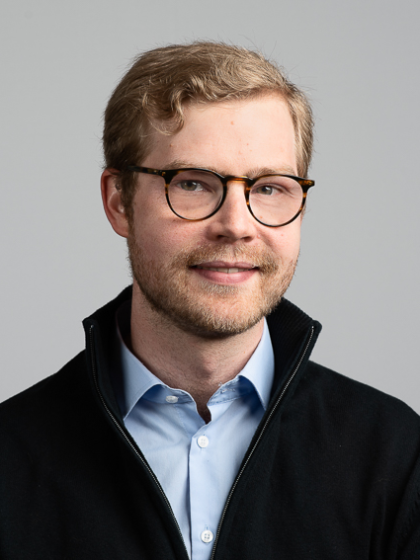J.E.M.N. Klein, Dr

Research interests
The scientific activities combine the fields of experimental (bio)inorganic chemistry with elements from organic, physical and computational/theoretical chemistry. Projects either follow an experimental route where at relevant points computational chemistry is used to support the analysis of our findings, or at times we will perform experiments to validate concepts that we have derived from computational/theoretical work. It is the development of concepts that reconcile experiment and theory and enable unambiguous communication between these areas of work that is of vital importance for my approach to research.
Oxidation Chemistry – From Mechanism to Methodology
The primary focus of the research activities that provides a general underlying theme is our interest in catalysts for oxidation chemistry. Challenging transformations, such as the C-H oxidation of (saturated) hydrocarbons, oxygenation of organic compounds and halogenation reactions are addressed. The two transition metals that take center stage are gold and iron. More recently, photochemically driven catalysis has entered the portfolio of transformations in which I have a strong interest. Through mechanistically driven method development we break the traditional boundaries of the intrinsic research areas in chemistry and open new vistas.
The four main research lines that we pursue are:
(i) Iron Chemistry
(ii) Gold Chemistry
(iii) Oxidation States
(iv) Electron Flow in Chemical Transformations
